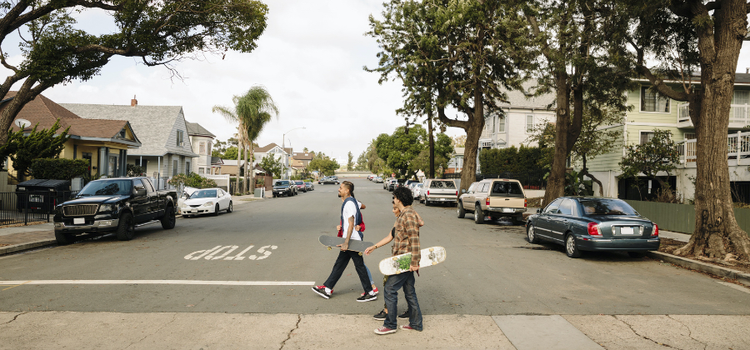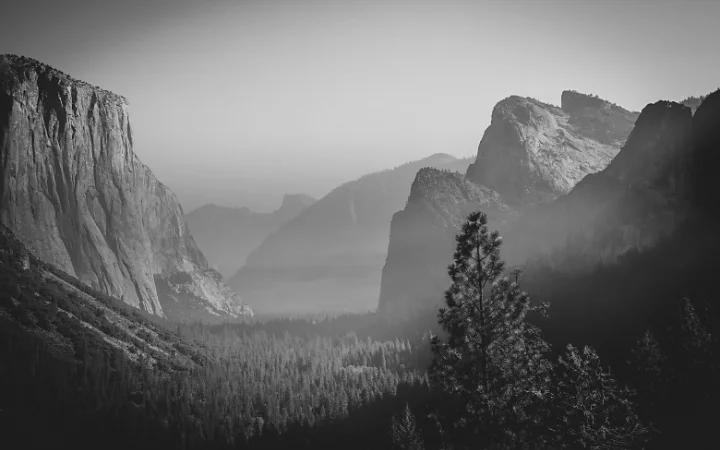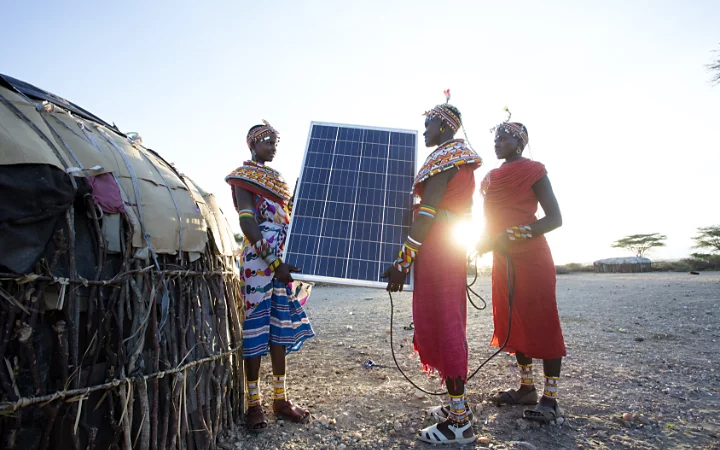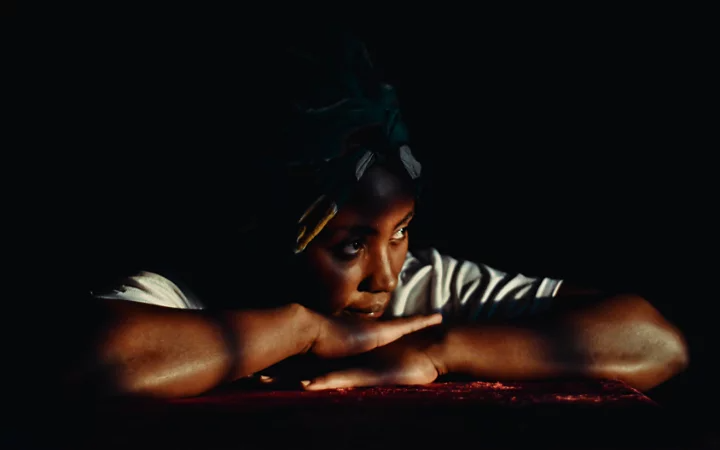Research your subject. “Documentary photography really blends with research and interviews,” photographer Andres Gonzalez says, though he points out a less research-heavy and more emotional approach can be taken, as well. For American Origami, his book about school shootings, Gonzalez spent six years in various archives researching the stories embedded in the larger narrative of gun violence.
Write a lot, too. “You have to storyboard,” Cohn says. “You have to think about shots and you have to write about the photos — the moments — that you want to show. Be able to explain to yourself and write it down so that you can explain it to someone else. Then you can go and try to get those images.”
Making a living as a photographer is difficult and it takes time and perseverance. “Don’t be afraid to take other work to help pay for it,” Cohn says. “Do whatever you can do to make things work and don’t be ashamed of that.”
Your patience has to extend to the process as well. Before you take photos of people, get to know them if you can. Listen to their stories. “Sometimes you’re so eager to go in and make pictures that you end up walking into a space and not taking the time to introduce yourself to people because you just need to get that picture,” Gonzalez says. “But it’s really important to give your subject space to approach you and also to allow yourself to be vulnerable.”
No matter your vision, you have to pay attention to the stories of the people you’re photographing. “Be mindful of who they are, what’s going on with them and why you’re taking certain pictures,” Gonzalez says. “Even if you’re in a situation making pictures, it’s not necessarily the right choice to show those pictures. A personal code of ethics needs to be nurtured and cultivated as you’re doing this work.”






